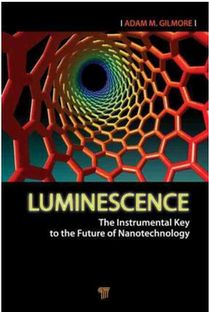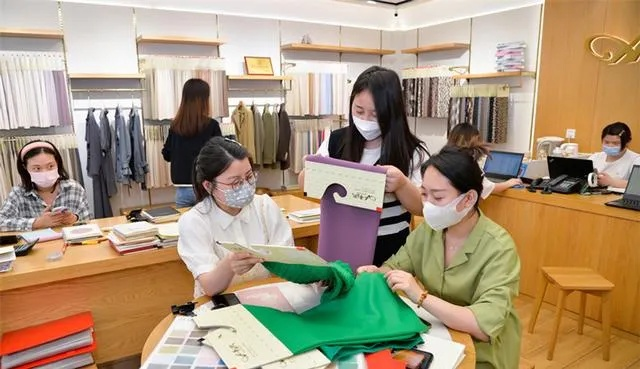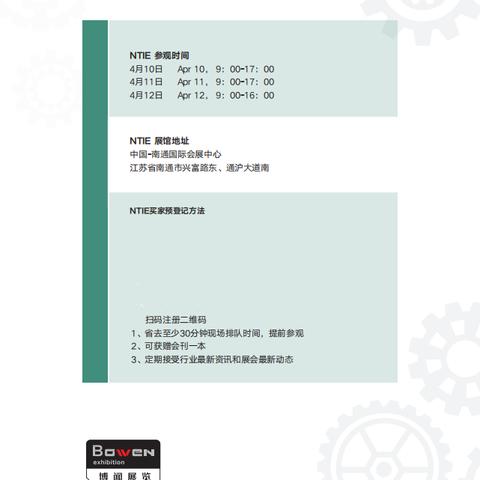The Future of Nanotechnology in Textiles:Applications and Potential
Nanotechnology has revolutionized the textile industry, offering new materials and processes that enhance performance and sustainability. This essay explores the potential of nanotechnology in textiles, highlighting its applications in fabrication, dyeing, and finishing. The use of nanoparticles in dyes and pigments can improve colorfastness, lightfastness, and durability, while nanomaterials can be used to create eco-friendly textiles with reduced water and energy consumption. Additionally, nanotechnology can be applied in the production of smart textiles, which respond to external stimuli such as temperature, pressure, or humidity. Overall, the future of nanotechnology in textiles is promising, with potential for significant improvements in performance and sustainability.
Introduction Nanotechnology, the marriage of nanoscale science and engineering, is revolutionizing the textile industry with its ability to create materials that are lighter, stronger, more durable, and eco-friendly. In this essay, we will explore the application of nanotechnology in textiles and discuss its potential impact on the industry. We will also present an example of how nanotechnology is being used to create a sustainable and eco-friendly material.
Applications of Nanotechnology in Textiles Nanotechnology has already made significant strides in the textile industry, including:
-
Enhanced Durability Nanoparticles have been incorporated into fabrics to improve their durability and resistance to wear and tear. For example, researchers at the University of California, Los Angeles developed a nanocomposite yarn that is twice as strong as traditional cotton yarn. This innovation can help reduce the need for synthetic fibers, which are often more expensive and environmentally harmful.

-
Improved Lightness Nanoparticles can be used to reduce the weight of textiles without compromising their strength or durability. For instance, a study published in the journal Nano Letters found that incorporating silver nanoparticles into polyester fabrics reduced their density by up to 30% while maintaining their strength and flexibility.
-
Better Moisture Management Nanotechnology can also help textiles better manage moisture, making them more breathable and comfortable. For example, researchers at the University of Texas at Austin developed a nanofiber that absorbs water molecules more efficiently than traditional fabrics, providing greater comfort and moisture management.
-
Enhanced Eco-friendliness Nanotechnology can be used to create textiles that are more sustainable and biodegradable. For instance, a study published in Nature Communications found that bamboo nanofibers could be produced from renewable resources such as sugarcane, reducing the carbon footprint of textile production.
Potential Impact of Nanotechnology on Textile Industry The adoption of nanotechnology in textiles has the potential to transform the industry in several ways:
-
Lower Costs Nanotechnology can help reduce the cost of producing textiles by using cheaper raw materials or by improving production efficiency. For example, using nanoparticles to make yarns can reduce the amount of energy required for manufacturing, leading to lower costs.
-
Increased Productivity Nanotechnology can also increase productivity by enabling more efficient production processes. For example, nanofibers can be spun into yarns faster and more easily than traditional fibers, allowing for increased output per unit of time.
-
Enhanced Durability Nanotechnology can also enhance the durability of textiles, making them more resistant to wear and tear over time. For example, incorporating nanoparticles into fabrics can improve their strength and flexibility, reducing the need for frequent replacement.

-
Improved Health and Safety Nanotechnology can also improve the health and safety of textile products. For example, developing nanomaterials that are non-toxic and biodegradable can help reduce exposure to harmful chemicals and protect workers from hazardous substances.
Example: Sustainable Nano-Textile Material One example of a sustainable nano-textile material is a textile made from bamboo nanofibers. Bamboo is a renewable resource that can be grown quickly and sustainably, making it an ideal candidate for use in textile production. When bamboo is treated with silver nanoparticles, it becomes a nanofiber that can be spun into yarns. These yarns are then woven into fabric, creating a durable and breathable material that is both eco-friendly and sustainable.
Conclusion Nanotechnology has the potential to revolutionize the textile industry by improving the performance, durability, and sustainability of textile products. By incorporating nanoparticles into fabrics, we can create materials that are lighter, stronger, more durable, and eco-friendly. The adoption of nanotechnology in textiles has the potential to transform the industry, leading to lower costs, increased productivity, enhanced durability, improved health and safety, and a more sustainable future for our planet.
纳米纺织品作为现代科技与纺织行业的结合产物,其应用前景广阔,具有巨大的市场潜力和发展前景,随着科技的飞速发展,纳米技术逐渐渗透到各个领域,纳米纺织品也不例外,本文将探讨纳米纺织品的应用前景,并以案例说明加以支撑。
纳米纺织品概述
纳米纺织品是一种新型的纺织材料,其尺寸通常在纳米级别,纳米纺织品具有许多独特的性能,如高强度、高透气性、低摩擦系数等,它们在医疗、环保、航空航天等领域有着广泛的应用前景。

纳米纺织品的应用领域
- 医疗领域:纳米纺织品可用于制作伤口敷料、药物缓释材料等,具有抗菌、防粘连等特性,有助于提高医疗效果和安全性。
- 环保领域:纳米纺织品可用于制作可降解的生物材料,用于生态修复和环境保护,纳米纺织品还可以用于制造抗菌防污材料,减少环境污染。
- 航空航天领域:纳米纺织品可用于制造高性能的飞行器材料,提高飞行器的性能和安全性,纳米纺织品还可以用于制造新型的传感器和执行器,提高航空航天设备的智能化水平。
案例说明
- 医疗领域案例:某公司研发的新型纳米纺织品可用于制作伤口敷料,具有抗菌、防粘连等特性,可以有效减少伤口感染的风险,该纳米纺织品还具有优异的透气性和舒适性,使用起来非常舒适。
- 环保领域案例:某公司研发的可降解纳米纺织品是一种生物材料,可以用于生态修复和环境保护,该纳米纺织品采用天然植物纤维制成,可以自然降解,对环境友好。
- 航空航天领域案例:某公司研发的高性能纳米飞行器材料是一种新型材料,具有高强度、低摩擦系数等特性,该材料可以用于制造新型的传感器和执行器,提高飞行器的智能化水平,该纳米材料还可以用于制造新型的防护罩和遮蔽材料,提高飞行器的安全性。
纳米纺织品的应用前景展望
随着科技的不断发展,纳米纺织品的生产技术和应用领域也在不断拓展,纳米纺织品将在以下几个方面有着广泛的应用前景:
- 医疗领域:随着人们对健康和生活质量的要求不断提高,纳米纺织品在医疗领域的应用将会更加广泛,纳米纺织品可用于制作新型的生物传感器和诊断设备,提高医疗诊断的准确性和效率,纳米纺织品还可以用于制作新型的伤口敷料和药物缓释材料,为患者提供更好的治疗体验。
- 环保领域:随着人们对环保意识的不断提高,纳米纺织品在环保领域的应用将会更加重要,纳米纺织品可用于制造可降解的生物材料和生态修复材料,有助于实现可持续发展,纳米纺织品还可以用于制造新型的防污和防污染材料,减少环境污染。
- 航空航天领域:随着航空航天技术的不断发展,纳米纺织品的生产技术和应用领域将会更加广泛,纳米纺织品将在新型飞行器材料、新型传感器和执行器等方面有着广泛的应用前景,纳米纺织品还可以用于制造新型的防护罩和遮蔽材料,提高航空航天设备的智能化水平和安全性。
纳米纺织品作为一种新型的纺织材料,具有广阔的应用前景,随着科技的不断发展,纳米纺织品的生产技术和应用领域将会不断拓展,纳米纺织品将在医疗、环保、航空航天等领域有着广泛的应用和发展。
Articles related to the knowledge points of this article:
High Quality,Kind Textiles:The Story of Gao Yang Meisheng and Sincere Textiles
Choosing the Best Textile Brand:A Comprehensive Guide



